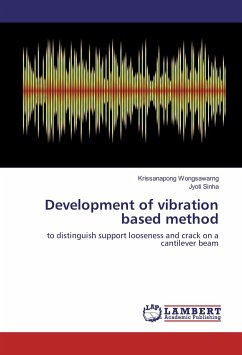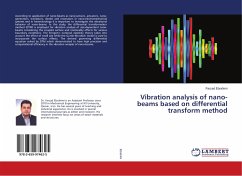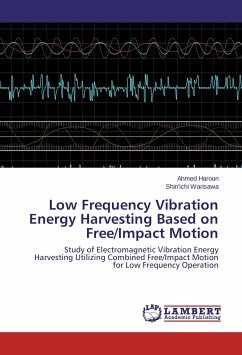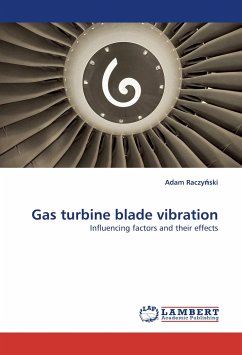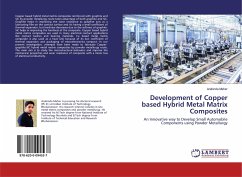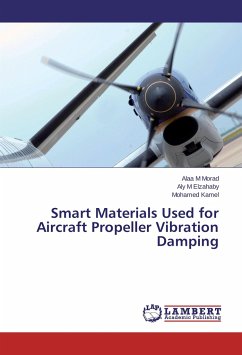Due to highly competitive global markets, the breakdown of gas turbine is the single biggest operating parameters in terms of production loss, repair cost, and safety. Blade failure is regarded as one of the most critical problems on gas turbine and always causes critical failure. Consequently, the early faults detection of blade damage becomes more attractive to many developers to improve the inspection technique and minimize such critical downtimes. The research presented in this dissertation is based on theoretical modelling used to develop vibration based techniques to distinguish combined faults of crack and support looseness in a cantilever beam, representing a turbine blade. There are three vibration based methods studied in this work, which comprise of modal analysis, response analysis, and spectrum analysis. All of them are simulated by the Finite Element (FE) modelling and analysis incorporating with simplified crack model, which gives good accuracy at few low frequencymodes, to validate each method through similar algorithms. The study on a cantilever beam model in each method consists of four conditions; no fault, root looseness fault, crack fault, and combined faults.
Bitte wählen Sie Ihr Anliegen aus.
Rechnungen
Retourenschein anfordern
Bestellstatus
Storno

